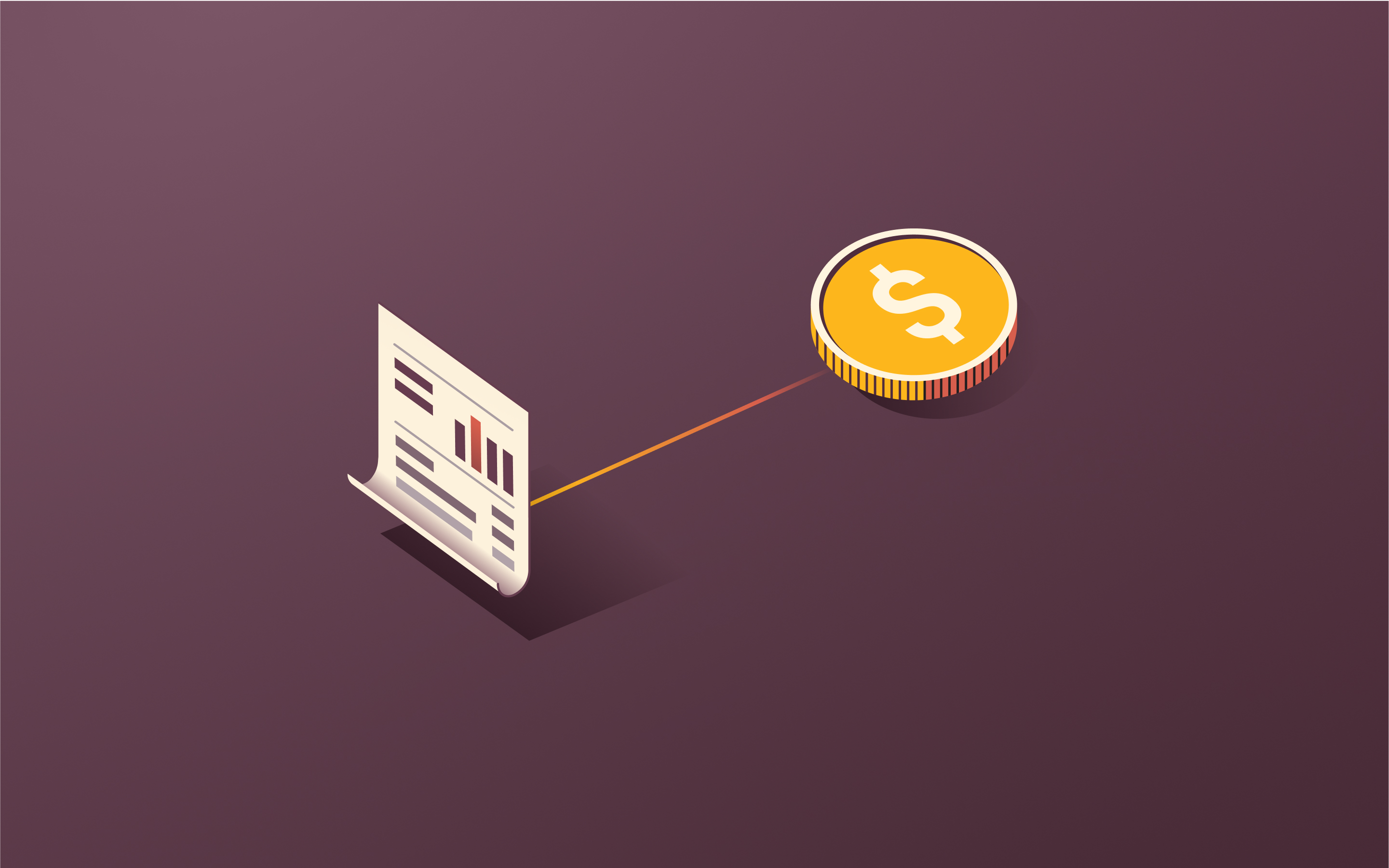General and administrative (G&A) expenses: definition, tips, & examples

Keeping track of general and administrative (G&A) expenses is one of the biggest challenges finance managers face. These costs don’t generate revenue, but the business can’t function without them. The trick? Understanding which expenses are essential, which could do with some cutbacks, and how to keep everything balanced without making employees feel like you’re rationing paperclips.
In this article, we’ll break down what G&A expenses are, why they matter, and how to track and manage them effectively. Whether you’re hoping to tighten budgets or maximize your spend, understanding G&A expenses will help your business make smarter financial decisions and avoid waste.
What are general and administrative (G&A) expenses?
G&A stands for general and administrative expenses or, in layman’s terms, the costs associated with maintaining business operations. These are essential but indirect expenses, meaning they’re not tied to production, sales, or other revenue-producing activities but are still necessary for the business to function.
G&A expenses can cover a number of different types of expenses—utilities, software subscriptions, executive salaries—but they’re typically fixed costs. That’s why G&A expenses appear as operative expenses on an income statement: they don’t fluctuate with production.
What’s the difference between G&A and SG&A?
The key difference between SG&A and G&A expenses? SG&A captures both sales and operations costs, while G&A is strictly about keeping the business functioning. Put another way, SG&A includes expenses associated with making sales, while regular G&A does not.
G&A deals with the costs of running and operating your business, things like salaries, utility bills, and supplies. SG&A covers those expenditures, too, but also extends to sales-related spending on things like advertising, promotions, and marketing.
Why should you track general and administrative expenses?
Tracking G&A expenses isn’t just about knowing where the money goes; it’s about making sure your business’s spending serves a purpose. Every dollar of expenses will, ideally, deliver a return that helps your organization grow. Proper oversight helps prevent overspending on overhead costs and helps you make smart financial decisions to drive future growth.
Ensures cost control and budgeting
Without tracking, G&A expenses can balloon beyond your budget, which is bad news for your bottom line. Staying on top of these expenses helps your business set appropriate budgets, prevent unnecessary spend, and allocate resources where you need them most.
Improves profitability analysis
Beyond revenue, profits are a reflection of how well your business manages costs. Tracking G&A expenses helps you understand how much of your earnings go to operations and non-revenue generating activities and find areas to improve your margins.
Supports informed decision-making
Business leaders need clear financial data to make good choices. Knowing exactly how much you spend on operations, administrative, and support functions can help decision-makers prioritize areas for investment, cutbacks, or restructuring.
Helps identify trends and forecasting opportunities
Tracking different types of expenses over time can reveal patterns that aren’t immediately obvious at the daily, monthly, or even quarterly level. Businesses can use this data to plan for cost increases, adjust for seasonal variations, or lay a foundation for long-term stability.
General and administrative expenses list & examples
Some G&A expenses, like rent or office supplies, can seem obvious. Others might surprise you. Costs like depreciation, software subscriptions, and recruitment fees don’t feel like everyday spending. Still, they can add up quickly, and managing them requires an understanding of how they fit into the bigger picture.
- Office rent and utilities keep your business’s physical workspace functional, covering lease payments, water, electricity, and internet bills.
- Office supplies include anything from pencils to printer ink to projectors that employees need to get the job done.
- Insurance protects your business from unforeseen risks and liability, safeguarding long-term stability.
- Depreciation and amortization account for the gradual loss in value of your business’s assets, including intellectual property.
- Travel and entertainment covers expenses for business trips, client meetings, and industry events that support networking and growth.
- Technology and software costs ensure that your team has access to essential tools, like accounting platforms, cybersecurity solutions, and even cloud storage, that make a modern workforce run.
- Training and development expenses keep your team sharp and your business competitive by empowering employees to acquire and deploy new skills.
- Recruitment costs include the expenses that go into finding and hiring top talent, like agency fees, job posting costs, and background checks.
- Facility maintenance and cleaning costs keep your workplace safe, comfortable and organized.
- Miscellaneous administrative costs cover those small but essential expenses that don’t belong to any other category. Think bank fees, postage costs, or legal filing fees.
How to manage (G&A) general and administrative expenses effectively
Managing G&A expenses isn’t about slash-and-burn cost-cutting. A structured, step-by-step approach helps keep your business accountable without slicing too far or too deep into essential operational expenses.
Step 1. Identify and categorize expenses
Before you can manage G&A expenses, you need to understand where your business spends its money. Break down costs into clear expense categories like compensation, administrative materials, facility expenses, and essential services to help separate mission-critical spend from nice-to-have items and spot opportunities for cost-cutting.
Step 2. Set realistic budgets for each category
A realistic budget looks at historical data, business priorities, and expected changes to set a spending limit for each category of expenses. Some fixed costs, like leases, may stay consistent over the years, while variable expenses, such as software subscriptions or travel, may need more flexibility.
Step 3. Implement expense tracking systems
Manually tracking expenses not only takes time away from strategic, growth-oriented work, it comes with a high risk of manual errors. Using an expense management software that integrates with your accounting system allows you to monitor spending in real time, proactively address out-of-policy purchases, and keep an eye on G&A expenses.
Step 4. Analyze and review expenses regularly
Your business budget isn’t an annual set-it-and-forget-it exercise. Reviewing income statements and expense reports on a monthly or quarterly basis can help you monitor trends, spot unnecessary spending, and adjust budgets accordingly.
Step 5. Establish approval workflows and controls
Setting up clear approval processes for expenses, especially around incidentals like travel accommodations or in-office meals, can play a key role in keeping overhead costs in check. It’s easy for little things to add up, and a layer of oversight helps ensure that purchases align with business priorities and budgets.
How to reduce G&A expenses: 4 tips
General and administrative expenses keep your business running, but they can eat into profitability if you’re not careful. Unlike the cost of goods sold, which can fluctuate depending on the price of production, G&A costs are often a fixed overhead, which makes them harder to trim without disrupting operations.
The key? Identify inefficiencies, streamline spending, and regularly review expenditures to ensure that purchases contribute to company growth.
1. Automate administrative processes
Tasks like payroll, invoice approvals, and expense tracking play an important role in managing your business’s finances but can place big demands on your team’s time and attention. Automating these processes frees up attention for higher-value, strategic initiatives and reduces the risk of errors or delays.
Example: Smartbot.io switches from manual expense tracking and reporting to expense management software that automatically reviews employee purchases, cutting down on out-of-policy spending and reducing the risk of manual data entry mistakes.
2. Outsource non-core functions
Not every role needs to be in-house. Functions like IT support, HR, and bookkeeping can be outsourced to specialists, often for less than you would pay a full-time employee. Your business still benefits from professional expertise without shouldering additional overheads.
Example: SmallCo LLC opts to partner with an administrative services organization to handle certain HR needs rather than hiring additional staff. The company saves on salaries and benefits while still handling payroll and compliance efficiently.
3. Negotiate supplier contracts
Just because you’ve always paid a certain rate for office supplies, insurance, or even rent doesn’t mean you’re obliged to keep paying it forever. Circumstances change, and regularly reviewing your contracts with suppliers or vendors and renegotiating can go a long way toward keeping your overheads under control.
Example: After five years of renewing an annual lease for office space, BigCorp negotiates a longer commitment with its landlord in exchange for a lower rate, cutting real estate expenses by 15%.
4. Adopt remote or hybrid work models
Remote or hybrid work models can be an easy way to reduce costs for companies that don’t need workers in the office every day of the week. Fewer people in the office means you need less space, which can translate into lower rent and utility bills and can sometimes translate into increased morale and productivity.
Example: AdviCo, a consulting firm, transitions from fully in-office to a hybrid policy for its employees. The company no longer needs an office to accommodate the team, so it transitions to a less expensive lease on a co-working space to cut operating expenses while preserving opportunities for in-person collaboration.
Easily manage G&A and any type of expenses with Rippling
Rippling's expense management software consolidates all of your company’s finances—from payroll and benefits to corporate cards and expense management–giving you an up-to-date view of cash flow across your company and offering unprecedented control over spending patterns.
While most expense management solutions only allow for basic employee-manager approval chains, with Rippling expense management’s advanced policy engine, you can set hyper-custom policies based on the vendor, dollar amount, and expense category, helping you block out-of-policy expenses with ease. You can also tee up automated workflows that help you control spend, like triggering an alert when a department’s expenses sharply increase.
With Rippling you can:
- Automatically route expenses and bills to the right approver every time.
- Flag out-of-policy spending with hyper-custom policies, like by vendor or value, for further review.
- Close the books faster with AI-powered transaction categorization, and integration with your accounting systems.
FAQs on general and administrative (G&A) expenses
What is G&A in business?
General and administrative expenses cover the indirect costs associated with running a business. That is, the costs that aren’t connected to generating revenue, such as salaries for executives and staff, rent, utilities, office supplies, and insurance. They’re a subset of a business’s operating expenses but listed as a separate item than cost of goods sold (COGS).
What is not included in G&A expenses?
Expenses tied to production, like cost of goods sold, raw materials and direct labor, generally aren’t included in G&A expenses. Selling expenses, including marketing and advertising costs and sales commissions, also don’t count because they generate revenue. Even some overhead costs might not count. Manufacturing overhead, for example, goes towards running a revenue-generating production facility rather than general business operations.
Is G&A the same as OpEx?
No, but they do overlap. G&A expenses are generally considered a subset of OpEx that cover indirect costs like salaries, office supplies, or rent. OpEx goes beyond general and administrative expenses and includes selling costs and other spending that supports the overall running of the business. Both G&A and OpEx appear on a business’s income statement, but whereas G&A covers overheads unrelated to goods sold or manufacturing, OpEx extends to sales and production costs.
What salaries are included in G&A?
General and administrative expenses typically cover salaries for employees not directly engaged in manufacturing or selling goods or providing services, such as executive salaries, administrative personnel, and IT and support staff. Because these employees support business operations without contributing to revenue generation, their compensation counts as an overhead cost.
Analyze, automate, and orchestrate anything
This blog is based on information available to Rippling as of April 1, 2025.
Disclaimer: Rippling and its affiliates do not provide tax, accounting, or legal advice. This material has been prepared for informational purposes only, and is not intended to provide or be relied on for tax, accounting, or legal advice. You should consult your own tax, accounting, and legal advisors before engaging in any related activities or transactions.










